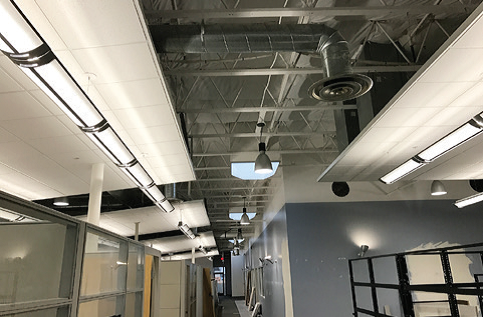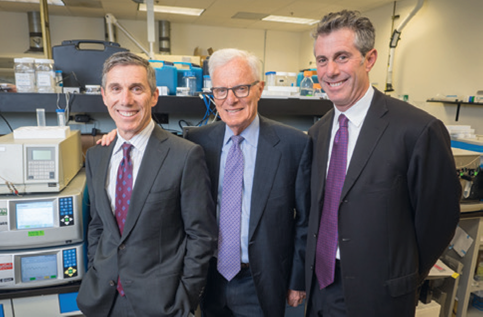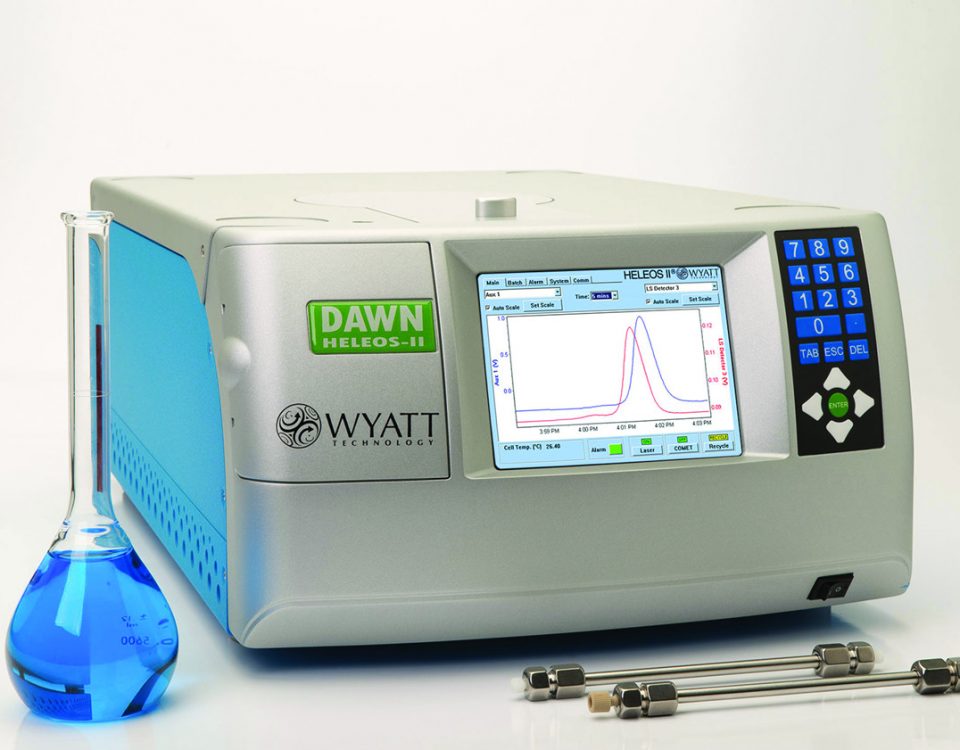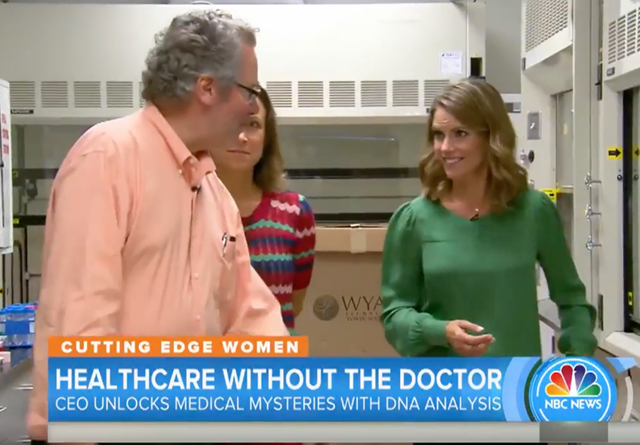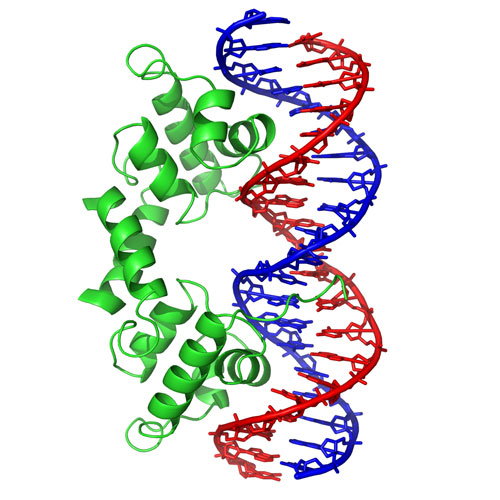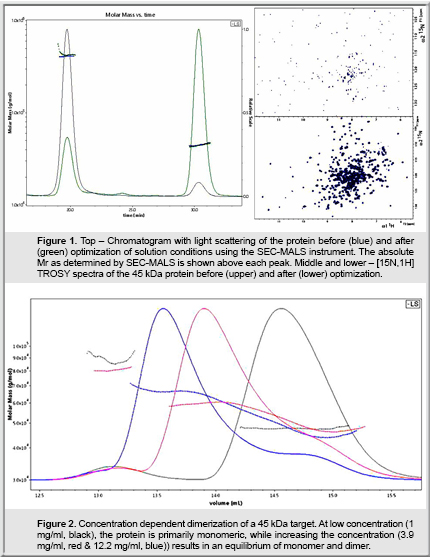Waters | Wyatt Blog
We welcome blog post submissions from all Waters | Wyatt users and staff. To submit a blog, please send your article in a Word document to marketing@wyatt.com along with any photos or images in separate files.January 9, 2017
January 9, 2017 - Yes, it’s true. Wyatt Technology is moving its premises in January 2017. For those of you who have known—and loved—our location at 6300 Hollister Avenue, do not fret. We are moving about 100 meters away to 6330 Hollister Avenue.
December 22, 2016
December 22, 2016 - On behalf of our entire company, I wanted to take this opportunity to wish you and your families a wonderful holiday season. The end of the year is, in its own way, a commencement of the New Year, and our company has enjoyed 34 years of prosperity thanks to your business.
November 11, 2016
November 11, 2016 - The fascinating story behind the origins of MALS instrumentation that revolutionized absolute molar mass and size analysis of proteins, polymers and nanoparticles.
October 26, 2016
October 26, 2016 - Sigma Xi Inducts 12 Wyatt Technology Scientists October 26, 2016-Wyatt Technology proudly announces that eleven of its scientists have been inducted into Sigma Xi, The Scientific Research Society. Sigma Xi is the world’s largest, multidisciplinary honor society for scientists and engineers.
October 18, 2016
October 18, 2016 - If you were watching the Today Show on Monday, October 17, 2016 you would have seen at least one segment not related to politics. In fact, “Cutting Edge Women”, is a regular part of the Today Show. As you might guess, it’s about influential women and this episode featured Anne Wojcicki, the founder and CEO of 23andMe, a genetic testing company in the Bay Area of California. 23andMe is also of greater interest to Wyatt Technology because Anne Wojciki’s company is a customer of our technology.
October 5, 2016
October 5, 2016 - Wyatt Technology congratulates its customer, Sir J. Fraser Stoddart of Northwestern University on sharing the Nobel Prize in Chemistry today with Bernard L. Feringa and Jean-Pierre Sauvage. They have developed molecules with controllable movements, which can perform a task when energy is added. We are delighted to see their work on nano-motors recognized as the building blocks for future molecular machines. Some of Professor Stoddart’s publications using our DAWN instruments may be found in our Bibliography.
March 29, 2016
March 29, 2016 - Deoxyribonucleic acid (DNA) is an amazingly versatile molecule thanks to its unique structure and stability. Encoding and passing on to subsequent generations all inheritable genetic information, the DNA molecule plays a well-known, pivotal role in the biological world. However, DNA has also been the subject of cutting-edge research in fields outside the usual scope of genetics and biology, from nanotechnology and nanoelectronics to drug delivery and even optogenetics, taking advantage of its highly customizable properties. Light scattering, of course, plays an important part in many of these studies.
March 28, 2016
March 28, 2016 - Actually too numerous to cover in a single publication, but Allen Minton of the Laboratory of Biochemistry and Genetics in NIH’s National Institutes of Diabetes and Digestive and Kidney Diseases has done a spectacular job of critically addressing quite a few. His review article, “Recent applications of light scattering measurement in the biological and biopharmaceutical sciences,” appears in Analytical Biochemistry 501 (2016) pp. 4-22.
February 15, 2016
February 15, 2016 - Dr. Lisa Heiden of Genetic Engineering & Biotechnology News states if the Biotherapeutics Workshop is to progress beyond Rough-Hewn Products, it will need a range of finely calibrated analytical Platforms. DLS (dynamic light scattering) assesses size distribution, and MALS (multiangle light scattering) measures molar mass. Both are utilized throughout drug discovery, beginning with quality assessments of proteins to identify the best candidate molecules.
February 10, 2016
February 10, 2016 - ZoBio Staff In many projects, the largest hurdle to be overcome is preparation of a protein that is well-behaved for biophysical and structural biological studies. Often even after achieving high level expression of a soluble, functional variant of the target, it may aggregate under the high concentrations required for many experimental techniques, particularly NMR and X-ray crystallography.

